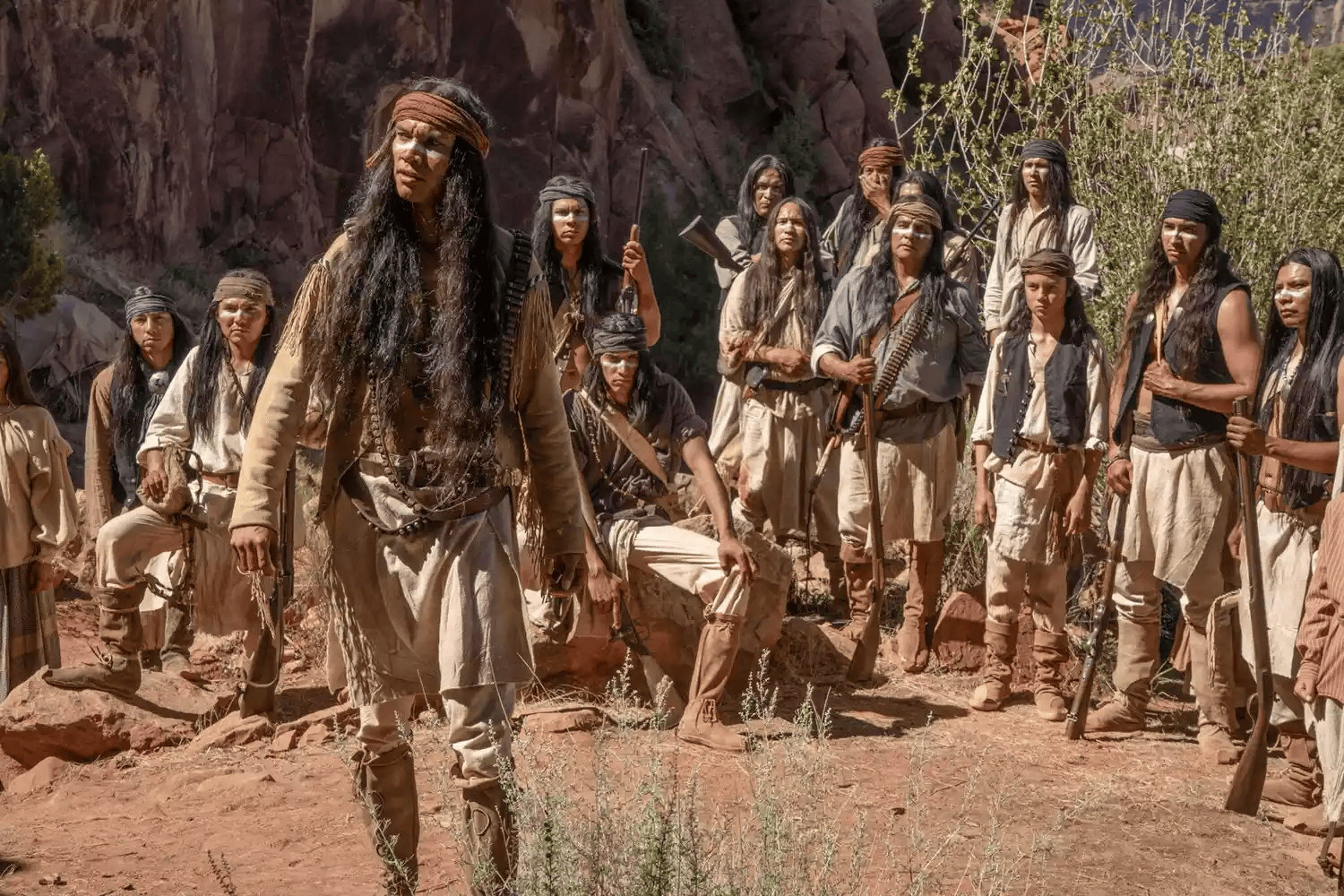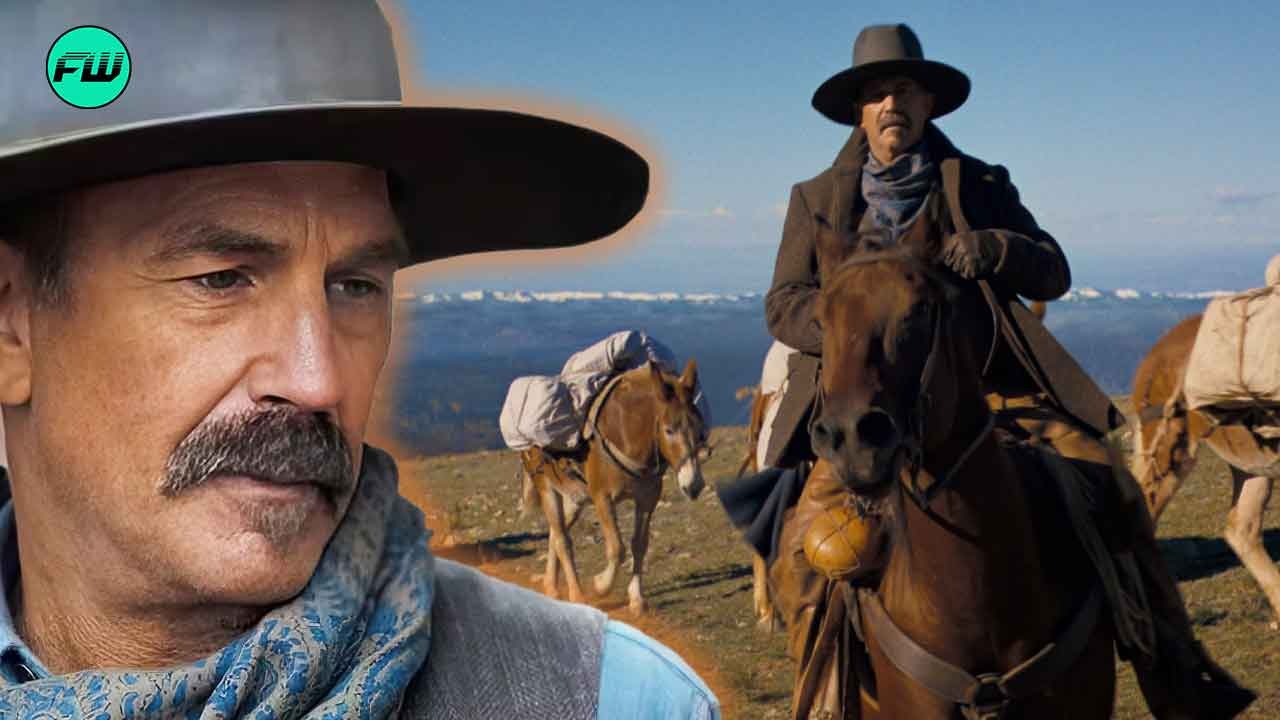Just In: Kevin Costner addresses Native American representation in Horizon: ‘I’m not interested in….
Kevin Costner addresses Native American representation in Horizon: ‘I’m not interested in spoon-feeding people’
“I’m so tired of everybody trying to be so delicate about things,” Costner says of criticism over Native American depiction onscreen.
Kevin Costner hopes that audiences will see the nuances of Native American representation in his new film, Horizon: An American Saga — Chapter 1, without him having to spell it out.
The movie is the first in a saga that tells an array of stories over the course of 12 years in the American West. But the Western genre has a long history of problematic portrayals of Indigenous people, often depicting them as the villains — nameless “savages” who attack innocent white settlers and wreak havoc on the lives of the film’s heroes. Either that, or they’re shown as tragic, noble figures who sacrifice themselves for white people.
At first, Horizon appears to perpetuate that, with the early parts of the film centering on the massacre of the settlement of Horizon and the townspeople’s attempt to fend off the brutality of the attacking Apache. But as the film goes on, we delve more into the lives of the Native characters as they deal with internal strife among their people amid the upheaval settlers have brought to their lives.
Tribes that previously co-existed are fighting each other for limited resources as the settlements now disrupt the once fruitful land. After leading the massacre that opens the film, Pionsenay (Owen Crow Shoe) decides to break away from his Chief and create a new tribe of those who wish to fight to protect their land.
But Costner says he wasn’t worried about opening the movie with what could be viewed as a more stereotypical rendering of Native Americans. “I’m just so tired of everybody trying to be so delicate about things,” he says. “[The Native Americans] were pissed. I don’t feel like I have to [hold someone’s hand]. ‘Oh my God, here we go again. Indians are the bad guys.’ Of course, they’re not the bad guys. But if you’re going to be limited, if people aren’t willing to watch how something unfolds, I don’t know what to say.”
Costner, who also famously starred in and directed Dances With Wolves with the cooperation and blessing of the Lakota people, also wanted to show the strife between tribes that arose due to Westward expansion. “That was brought about because of those tents [of settlers],” he explains. “Those people can’t cross the river there, so they have to go to the left, or they have to go to the right, and it brings in that contact with other tribes.”
He hopes that audiences will understand that showcasing the anger of the Native Americans is part of representing the reality of their stories as complex characters. “I’m not interested in spoon-feeding people,” he says of his approach. “The reality is it was one tent too many, and the [Apache] went down there, and they tried to wipe the [settlers] out. Their anger is they’re not able to hunt. They have to go and interact with tribes when they had long ago settled those issues.”



